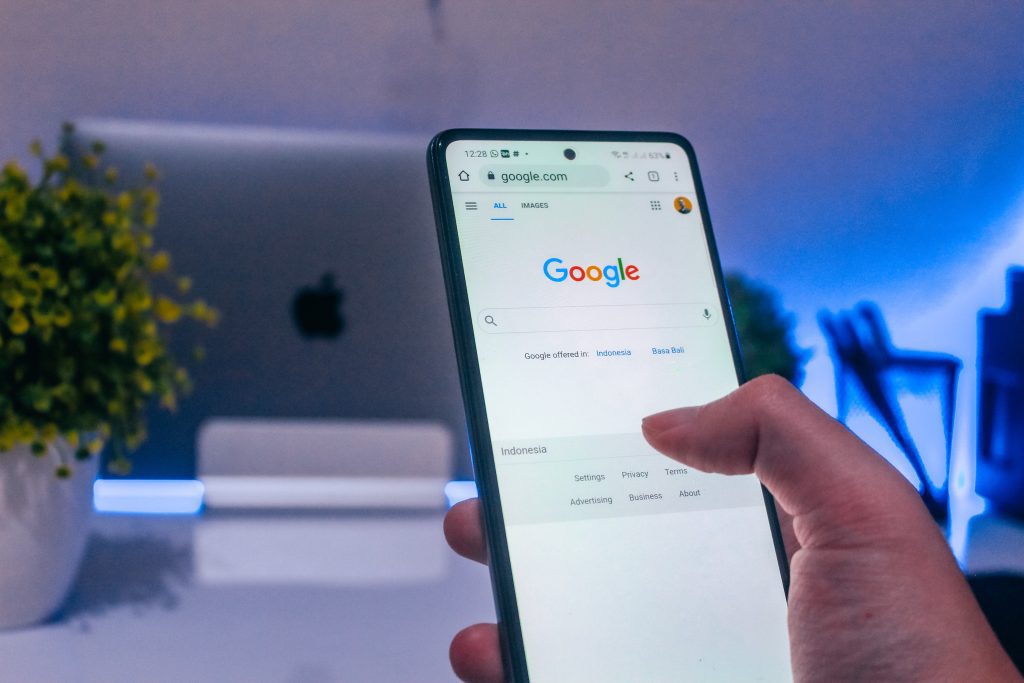Google accounts that haven’t been used for two years or more will soon be deleted. You still have a few days to avoid this. Starting in early December, Google will delete unused accounts.
Inactive Google accounts are completely deleted and cannot be restored. The measure announced earlier this year should not only free up cloud storage space, but also reduce security risks. All data and files, such as Google Photos, emails, document files, and Drive files, will also be deleted.
Google will start deleting inactive accounts on December 1st. This is what the company says in… Help Center. This may not happen all at once. Some accounts will likely be deleted sooner than others. Google said in May, when it first announced the measure, that accounts that were never activated again would go in first. To be safe, it’s best to take action before December 1st.
Just log in
You can do this by logging into your account and performing an action with it. It’s enough just to watch a YouTube video, send an email, or enter a search query. Each activity resets the inactivity timer. Accounts that have previously uploaded videos to YouTube and Workspace or Business accounts will not be deleted.
Google will also send a message warning you shortly before the removal. You’re unlikely to see this on your account itself, as these are accounts that haven’t been used for two years. The company also sends messages to your recovery email address.
Why does Google do this?
According to the company, inactive accounts are more vulnerable than active accounts. Often two-step verification isn’t set up yet. Therefore, the possibility of these accounts being hacked and misused is greater.
Google also wants to save space. After all, each user gets 15GB of Drive storage space for free. If 10% of Google’s 2 billion accounts are inactive, that amounts to about three exabytes of storage, or three million terabytes.
Don’t miss anything, follow Our channel on WhatsApp Or subscribe to our newsletter.

“Lifelong entrepreneur. Total writer. Internet ninja. Analyst. Friendly music enthusiast.”











More Stories
Monster Jam Showdown Launch Trailer
The European Digital Twin Ocean prototype reveals many possibilities
Instagram now lets you add a song to your account